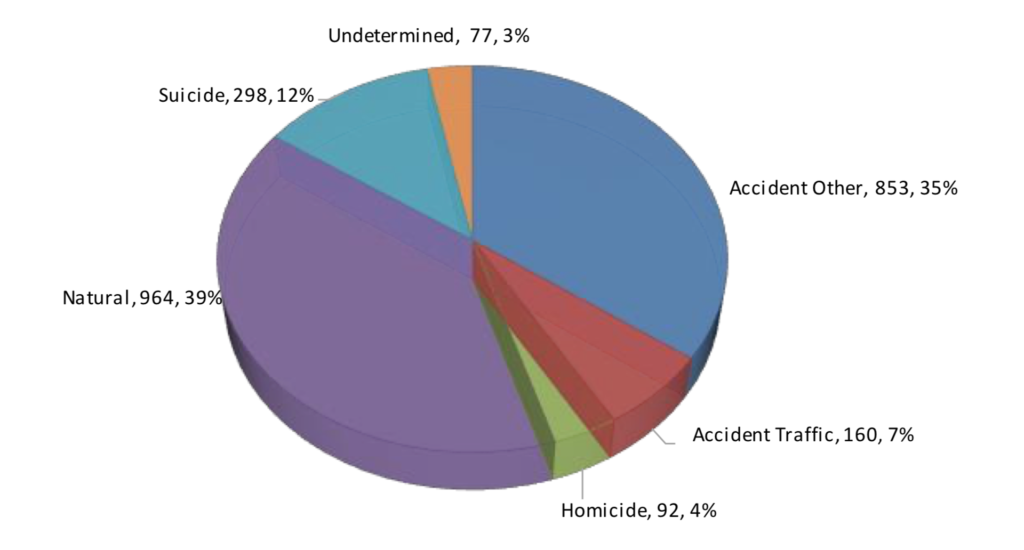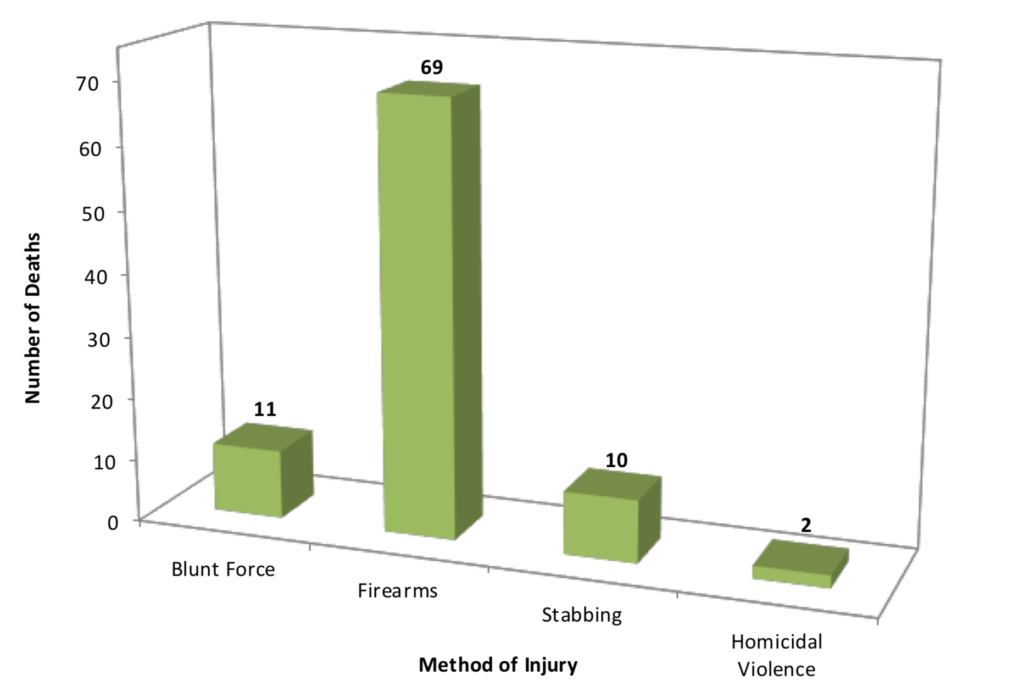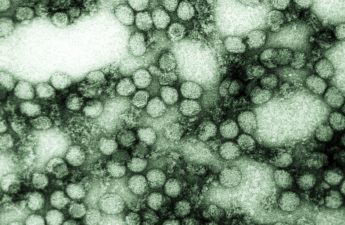
What we learned from those we lost in 2017
When people die suddenly, unexpectedly or unnaturally in King County, their cause and manner of death is reviewed by our Medical Examiner. This review process helps us understand what happened to a given individual, but it also helps us identify, from a public health perspective, trends in death that our department can work to address.
In addition to their round-the-clock operation to investigate deaths, the staff work to compile their findings in an annual report. This annual report represents 2,444 deaths*, and the resulting insight helps Public Health and our partners address ongoing and emerging causes of death.
Here were some of the key findings from 2017 and the shifts in our practice that occurred as a result.
Drug and alcohol overdose deaths
In 2016, we saw an unprecedented increase in deaths related to overdose, a trend fueled by the increase in opiate use, particularly in combination with other drugs. In 2017, we were able to monitor and disseminate information about overdose deaths in real time. A separate report about these deaths was released and can be read here. Being able to understand the overdose problem in King County has helped us become more nimble in our response.
In 2017 and going into 2018 we have been able to:
- Increase the availability of low-barrier medication-assisted treatment. Providing easy access to medication-assisted treatment is key to helping those at risk for a fatal opioid overdose. Across our region, there is now greater access to low barrier treatment such as buprenorphine so that people can access treatment when they need it, where they need it. We have close to 90 buprenorphine providers and 7 methadone clinics in King County.
- Make life-saving naloxone kits available. Over the past two years, we’ve distributed naloxone to law enforcement, treatment providers and through Public Health Needle exchange sites. In 2018 we distributed over 9,000 naloxone kits.
- Help people get rid of old meds We’ve made it easier to safely dispose of unused and expired medication – including prescription painkillers – by setting up over 100 boxes at participating pharmacies and law enforcement agencies throughout the county. We’ve just launched a campaign to help spread the word about these drop-boxes. To find the nearest drop box, text the word MEDS to 667-873. You’ll then enter your zip code for the nearest location.
Homicide
In 2017, we saw that young men of color were disproportionately represented among homicide victims, and that 75% of all homicide deaths were the result of gunshot wounds (gunshot homicides have steadily increased since 2008). Our Child Death Review panel, which works in close partnership with the Medical Examiner, noted that youth of color were also disproportionately affected by homicide.

This year, our injury prevention team has provided support to the King County Prosecuting Attorney’s Office to better understand the social networks involved in shootings in King County. Recognizing that gun violence cannot be extricated from generations of racial and other forms of oppression, we are using this research to inform our work and the work of our community partners so that all communities are safe, supported and have opportunities to thrive. For instance, through Communities of Opportunity, we are investing in community-led solutions to address the underlying conditions that can make communities safer, including building community connections.
Our Health Officer, Dr. Jeff Duchin, also released a joint statement alongside several local and statewide healthcare provider associations, expressing commitment on behalf of the medical community to prevent firearm-related injury and death. This diverse group of providers meets regularly to discuss best practices and opportunities for policy shifts within the healthcare system.
Suicide
Gunshot wounds also contributed to 42% of suicide deaths in 2017 (a rate relatively consistent since 2008). This year, we saw a number of state and local policy changes designed to prevent gun violence in all forms. In Public Health, we have focused our work on promoting the safe storage of firearms, including expanding and improving our Lock-It-Up campaign. Research tells us that storing firearms unloaded and locked up reduces the risk of suicide, especially for kids and youth, and we partner with firearm retailers and law enforcement agencies to help promote this practice among firearm owners.
This year, a revitalized Lock It Up campaign was funded by the King County Council. New materials and advertisements were developed thanks to insight from local gun owners and retailers who recognize the importance of their role in preventing gun violence. With these partners’ help, we have better tailored our campaign to the needs and values of firearm-owning families.
For more information about the work of the Medical Examiner’s office, visit kingcounty.gov/examiner.
* In 2017, there were an estimated 14,991 deaths in King County. Of those deaths, 7,620 (51%) were reported to the Medical Examiner’s Office. Deaths occurring in a hospital or hospice setting from a known natural disease process are not required to be reported to the Medical Examiner’s Office. The Medical Examiner’s Office assumed jurisdiction over 2,555 deaths; the number of applicable cases used in this report is 2,444 deaths after non-human remains and contract anthropology cases for other jurisdictions are removed. The King County Medical Examiner’s Office assumes jurisdiction if a death falls under the Revised Code of Washington that defines the Medical Examiner’s charge.


